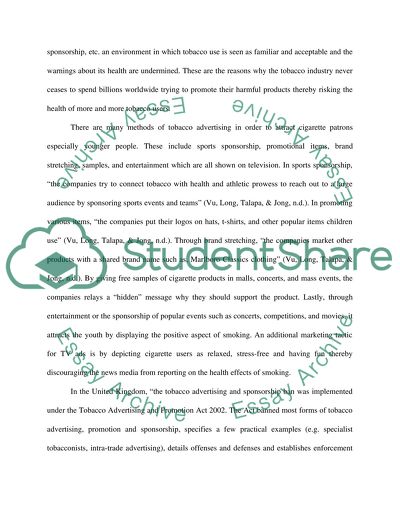Cite this document
(“Controversy in Television Advertisement Essay Example | Topics and Well Written Essays - 1000 words”, n.d.)
Controversy in Television Advertisement Essay Example | Topics and Well Written Essays - 1000 words. Retrieved from https://studentshare.org/visual-arts-film-studies/1519012-controversy-in-television-advertisement
Controversy in Television Advertisement Essay Example | Topics and Well Written Essays - 1000 words. Retrieved from https://studentshare.org/visual-arts-film-studies/1519012-controversy-in-television-advertisement
(Controversy in Television Advertisement Essay Example | Topics and Well Written Essays - 1000 Words)
Controversy in Television Advertisement Essay Example | Topics and Well Written Essays - 1000 Words. https://studentshare.org/visual-arts-film-studies/1519012-controversy-in-television-advertisement.
Controversy in Television Advertisement Essay Example | Topics and Well Written Essays - 1000 Words. https://studentshare.org/visual-arts-film-studies/1519012-controversy-in-television-advertisement.
“Controversy in Television Advertisement Essay Example | Topics and Well Written Essays - 1000 Words”, n.d. https://studentshare.org/visual-arts-film-studies/1519012-controversy-in-television-advertisement.


